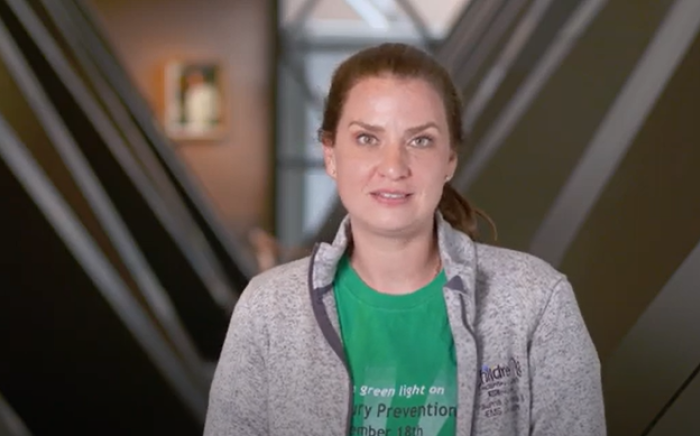The Hereditary Hemorrhagic Telangiectasia (HHT) Center at St. Louis Children’s Hospital provides care to children with HHT. Hereditary hemorrhagic telangiectasia (HHT), also known as Osler-Weber-Rendu disease, is a disorder in which some of the body’s blood vessels develop abnormally.
However, the majority of people with HHT don’t know that they have it.
HHT symptoms
-
Repeated nosebleeds
-
Solid organ arteriovenous malformations (AVMs)
-
Skin telangiectasia — small dilated blood vessels near the skin
-
May vary greatly within the same family
Complications of HHT
-
These abnormal blood vessels are more prone to bleeding, especially if they are in the nose, gastrointestinal tract, lungs or brain.
-
AVMs have the potential to cause life-threatening complications, such as stroke or pulmonary hemorrhage.
Screening families with HHT
HHT is a genetic disorder that is passed on through generations in families. If one parent has HHT, each child will have a 50 percent chance of having the disorder.
It is important to evaluate every family member who has the potential to have HHT — especially children. Children usually don’t develop the obvious signs of HHT, such as skin telangiectases or recurrent nosebleeds, until adolescence or even adulthood.
Why Choose the Hereditary Hemorrhagic Telangiectasia (HHT) Center?
Along with our adult HHT center, our pediatric HHT center has been accredited as a Center of Excellence. That means we provide the highest level of care available — from childhood through adulthood — for people living with this chronic disease. Our team of specialists understand all the potential complications of hereditary hemorrhagic telangiectasia — and how to keep you and your family living the best quality of life possible.
Learn MoreConditions We Treat
We offer world-class care to children thanks in part to generous gifts from hundreds of people who have joined us in making health care better for all children. This philanthropic support enables us to fulfill our mission to do what's right for kids.












